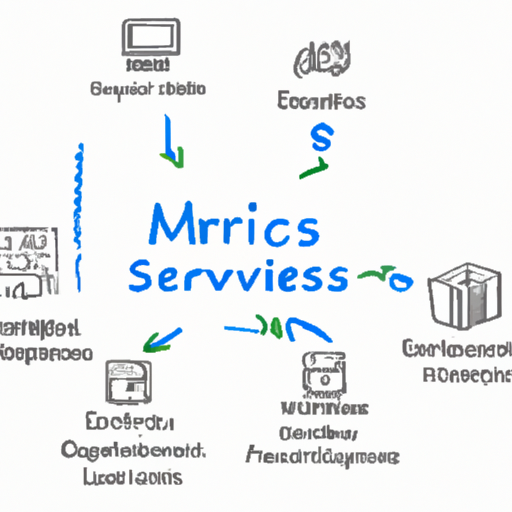The software industry is experiencing a significant transformation with the rise of Microservices Architecture. This architectural style is gaining traction among developers and organizations as it offers a more efficient way to build and maintain scalable applications.
What are Microservices?
Microservices refer to a software development technique that structures an application as a collection of loosely coupled services. Each service is independently deployable, scalable, and can be developed using different programming languages. This approach allows teams to work on different services simultaneously, accelerating the development process.
Benefits of Microservices Architecture
- Scalability: Microservices enable organizations to scale individual components of an application based on demand without affecting the entire system.
- Maintainability: With smaller, focused services, developers can understand, maintain, and modify applications more easily.
- Technology diversity: Teams can choose the best technology stack for each service, allowing for more innovation.
- Resilience: The failure of one microservice does not necessarily lead to the failure of the entire application, enhancing overall system reliability.
Microservices vs. Monolithic Architecture
Traditionally, applications were built using a Monolithic Architecture, where all components are interwoven into a single codebase. While this approach simplifies deployment, it often leads to scalability challenges and slow development cycles. Microservices offer a direct contrast, allowing for incremental deployment and more flexible scaling strategies:
- In monolithic architectures, an update to one component can require the entire application to be redeployed, while microservices allow for independent updates.
- Microservices can handle different loads and traffic patterns by scaling specific services as needed.
Implementing Microservices in Your Organization
Adopting Microservices Architecture involves a shift in organizational culture, development practices, and continuous integration/continuous deployment (CI/CD) processes. Here are some steps to get started:
- Identify key business capabilities and start breaking down services accordingly.
- Invest in tools for monitoring, logging, and management of services.
- Train your teams on best practices in managing microservices.
- Adopt cloud computing solutions that support microservices deployment and management.
Conclusion
As businesses increasingly seek agility and scalability in their software development practices, Microservices Architecture is proving to be a game-changer. By enabling independent service deployment and fostering a culture of innovation, organizations can not only improve efficiency but also enhance their adaptability in today’s fast-paced digital landscape.
Stay updated with the latest trends in Microservices and DevOps to ensure your organization remains competitive.




